Building a stainless steel product from scratch involves a complex process that combines engineering, technology, and precision. While stainless steel is widely used in various industries, the detailed steps behind its creation are not commonly known. Here’s an overview of the key stages involved in manufacturing a stainless steel product: 1) Material Handling The process begins with material handling, where a machine called an uncoiler is used to safely unwind and control the steel strip as it moves through the production line. This ensures smooth feeding into subsequent processes like slitting or tube mill entry. 2) Forming In the forming stage, semi-finished steel undergoes operations such as hot rolling, which involves heating and passing the metal through large rolls. The material is transformed into bars, wires, plates, or sheets depending on the desired application. Bars are especially versatile due to their availability in multiple grades and shapes, making them suitable for various uses. 3) Heat Treatment Heat treatment, often involving annealing furnaces, is crucial for relieving internal stresses and improving the material’s properties. This step involves controlled heating and cooling, ensuring the stainless steel becomes more malleable and suitable for different applications. 4) Descaling During heat treatment, a layer of scale may form on the surface of the steel. This is removed through processes like pickling, which helps maintain the material’s quality and appearance. 5) Cutting and Punching The treated and descaled steel is then cut into specific shapes using mechanical tools such as guillotine knives, blanking machines, or high-speed blades. This stage also includes creating tap holes and overflow points. 6) Finishing and Polishing Finally, the product is finished and polished to achieve a smooth, aesthetically pleasing finish. This step is essential for sanitary applications, as it makes the stainless steel easier to clean and maintain. Hydraulic Press 4 Column Hydraulic Sheet Metal Deep Drawing This type of hydraulic press utilizes hydrostatic pressure to process various materials including metal, plastic, rubber, wood, and powder. It is widely used in pressing, stamping, cold extrusion, straightening, bending, flanging, and other forming operations. The advantages include reduced weight, fewer parts and molds, improved strength, and lower production costs. SPECS of Yz33 Certificate Custom PVC Sticker, clear PVC stickers, PVC sticker,PVC label, PVC business stickers ZZ Sticker , https://www.zzsticker.com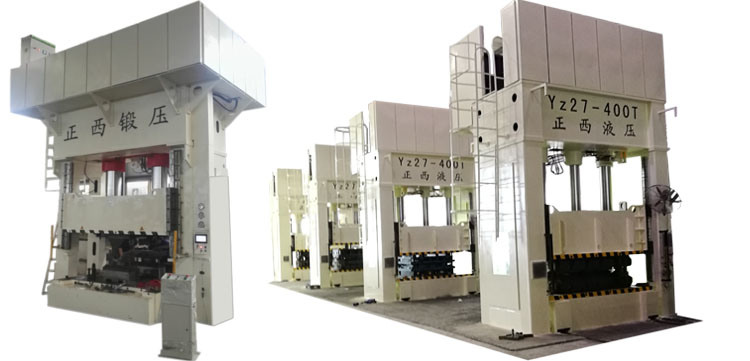
Model
Unit
Yz33-25T
Yz33-50T
Yz33-63T
Yz33-100T
Yz33-160T
Yz33-250T
Clamping Force
KN
250
500
630
1000
1600
2500
Working Layer
Qty
2~4
2~4
2~4
2~4
2~4
2~4
Piston Stroke
mm
180
250
250
250/250
250/250
500
Heating Platen Daylight
mm
90
125
125
125
125
125
Heating Platen Size
Left-right
mm
350
400
500
600
750
900
Front-back
mm
350
400
500
600
850
900
Heating Plate Power
KW
1.5
2.2
3
7.5
11
15
Motor Power
KW
7.2
9
10.8
33.75
45
45
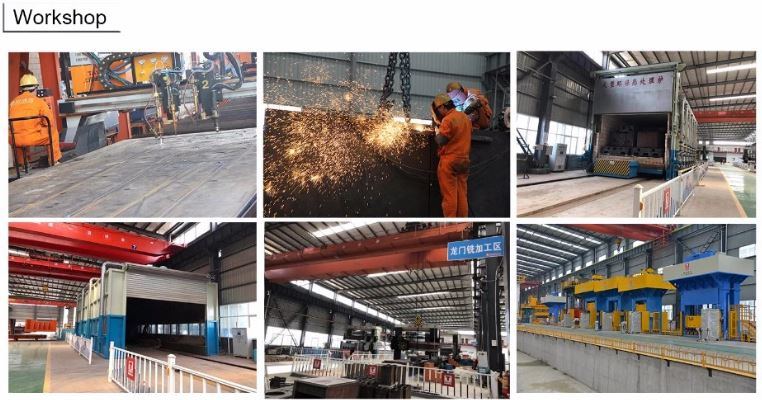
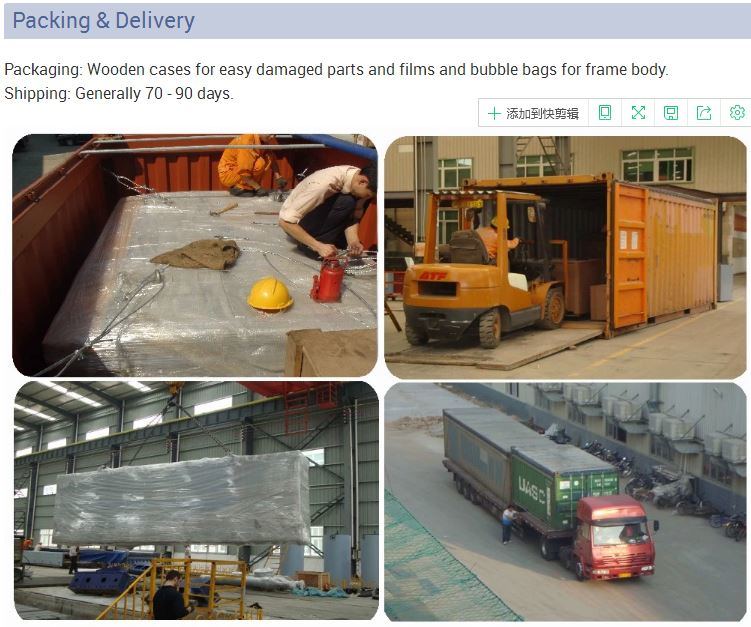
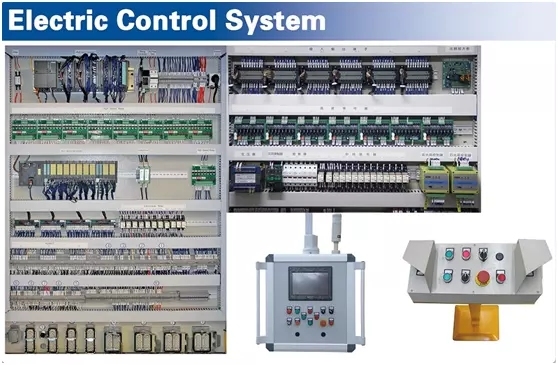

 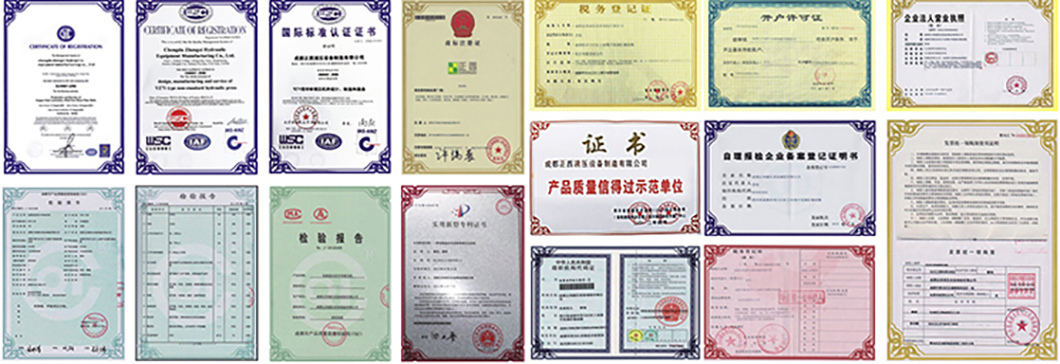
Model No.: Yz27
Advantage: High Cost Performance and High Production
Controller: PLC
CNC or Not: CNC
Trademark: ZHENGXI
Transport Package: Standard International Wooden Case or Iron Pallet
Specification: set
Origin: China
HS Code: 84629190